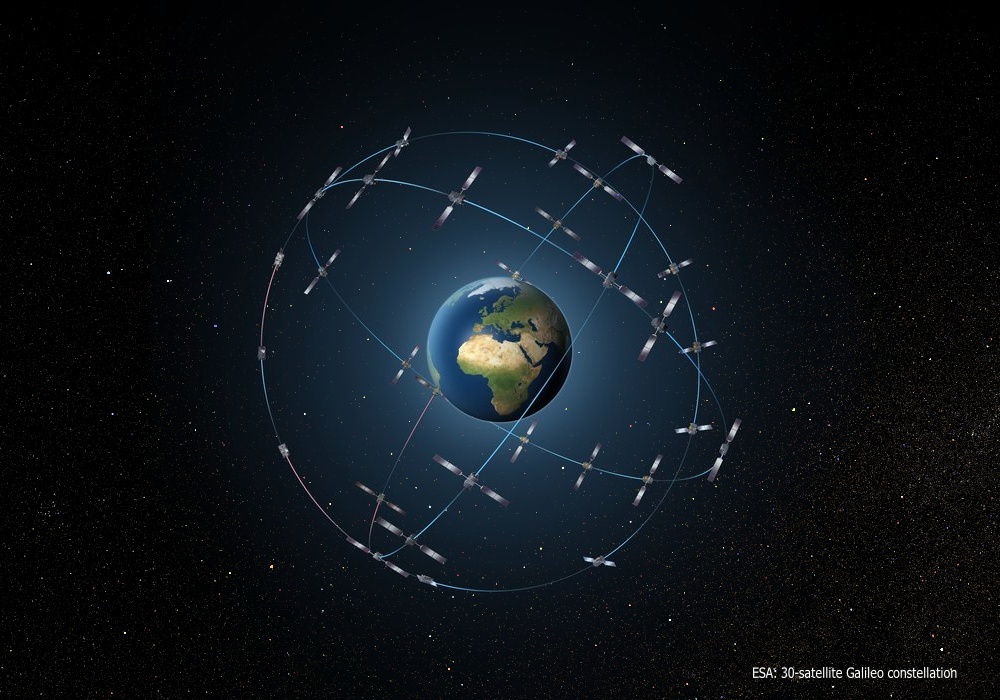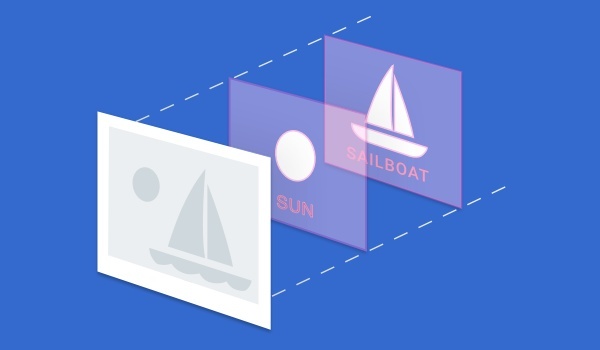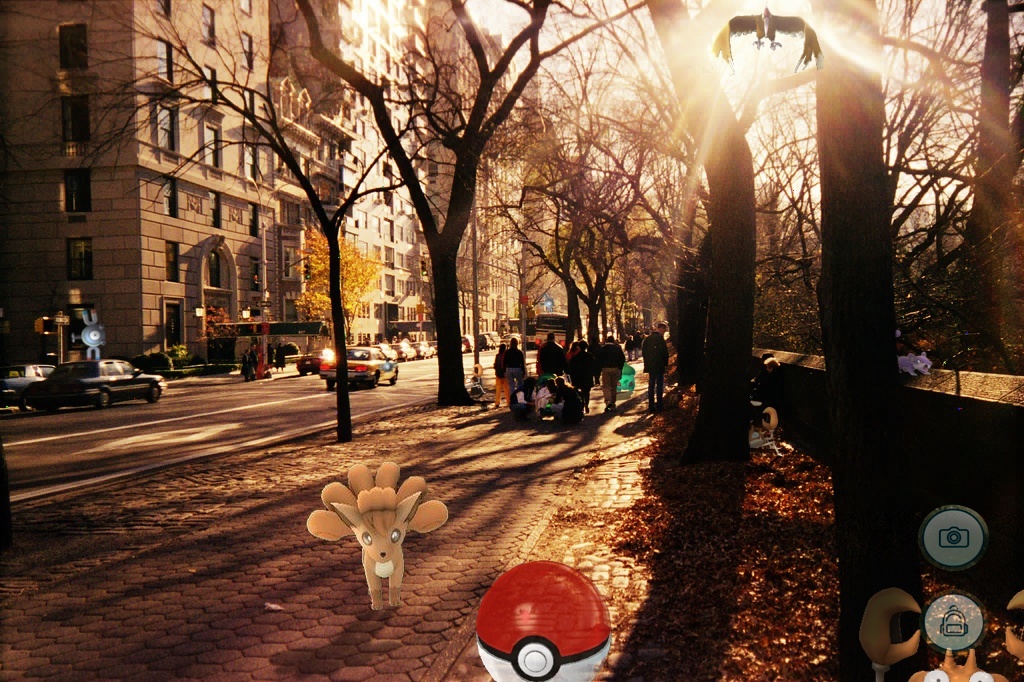Now there is actually a worldwide, Pokémon AR game, how will it develop? What exactly will AR become? While I have no insight into anyone's specific plans, there is an awareness of many AR related technologies coming up, and it is possible to indeed share what will be feasible - and indeed likely - to be playing a large role in the years ahead.
The most obvious changes over the next few years will be purely gameplay related. Unlike Nintendo, which follows a "Finish the game and release" philosophy, Niantic follows the more common mobile model of constant updates with new features - in other words, "Release early, release often."
"..We've only scratched the surface of gameplay that we want to create."
- John Hanke, Niantic.
The once sparse game is now becoming more familiar - with the addition of trading, battles, and numerous other features, all extras being added and refined to ensure that people remain interested and come back for more. Towards the end of the three years, however, things might get more exciting thanks to developments much further above where we are currently.
Since 2011, the European Space Agency has been launching a large number of satellites to form the "Galileo Constellation"...

"As of May 2016 the system has 14 of 30 satellites in orbit. Galileo will start offering Early Operational Capability from 2016, go to Initial Operational Capability in 2017-18 and reach Full Operational Capability in 2019."
This array of 30 satellites will provide a more accurate European alternative to the US GPS network. The existing GPS public signal is accurate to four metres on a good day with clear reception. By comparison, the Galileo satellite signal will be accurate to just one metre - even in cities and built up areas that might struggle to get good GPS reception.
It gets better, though, because the more satellites your phone can receive signals from, the more accurate it can place itself. It's actually possible to use both GPS and Galileo at the same time. This means if you have good reception of the existing GPS network and Galileo, you could even position your phone to within a few centimetres.
What does this mean for Pokémon players, though? Well, it means more accurate placement of everything. Pokémon should be able to appear on the correct side of a road, house, or building, or even on top of a water fountain. In short, things will be less "fuzzy" in terms of where they are. It won't yet be true "fixed to the real world" AR, but it would be a lot better, and it should happen automatically as phones start to support the new signals. Niantic doesn't even have to work for this one!
Things should get really interesting over this period, as technology available right now should be both commonplace and reliable enough to use in-game, and the tech is pretty exciting.
Artificial Intelligence (AI):
When you look around your room right now, you instantly know what things are: computer, table, chair… elephant. Computers, however, until recently, did not; they only knew an array of pixel values without any context. However, thanks to pretty recent AI developments, computers can now understand and interpret those pixels to know what they are actually looking at; for example, right now you can send a image to Google and it will tell you what's in it:

Go on, take a photo or even draw something, and then upload to Google, and its AI will work out what it contains, together with how sure it is. While obviously not perfect, it's incredibly impressive.
Now, imagine how this would tie to Pokémon. Imagine if your phone's camera knew what it was looking at, if it knew what a building was, or even a tree, car, or a mountain lion! It could potentially make the Pokémon behave and react correctly around those objects, or even give a more finely-tuned "attraction," making Pokémon hang around where you expect them to. They could even react, at least somewhat, to real life pets and wildlife, making them seem more alive and part of the world around them.
The only thing stopping this tech being used now is speed and cost - processing the odd image uploaded is one thing, but processing tens of millions of Pokémon players' images every few seconds will clearly take considerably more effort.
Tango/Other 3D Sensing:
At the moment, Pokémon are displayed by simply pasting their pixels on top of a camera image. Like a sticker on the screen, they can never go behind anything. This is because phones at the moment have no sense of depth. They don't know what pixels are in front of what other pixels, and so they can never place anything in-between. Augmented Reality at the moment consists just of pasting things over the camera feed. Thankfully this will change, because phones are becoming equipped with 3D sensing systems.
One sensing system, which seems mostly likely to catch on, is Google's project, Tango. The very first "Tango" equipped phones are just starting to come out, so it will be awhile before they are mainstream, and a while longer before Apple presumably has its own version.

For the moment, despite the improvements mentioned above, the Pokémon inhabiting the world will be trapped behind the glass of phones. There is a small window into another world, but no more. This will change. Many companies are working on head-mounted displays, not to replace reality, but to add to it - Microsoft's Hololens being arguably the furthest ahead in this field right now.
For US$3000 you can get a complete standalone head-mounted display (HMD) able to mix the real and virtual together, synced perfectly. It's still 'Generation 1' hardware, though, with a limited field of view, and while it works outdoors, the large form factor and limited battery makes it far from practical. It's today's tech, though, and developers can buy this now.
Following just behind Hololens is MagicLeap:
Provided these companies can show that there's a viable market, it's safe to say that this tech will get smaller, better, cheaper, and lighter. After all, when has tech not?
In less than a decade, then, consumers should have outdoor AR specs, which while not perfect, will let people live in a hybrid world of real and virtual. For gaming, entertainment, information, or practical uses, there will be virtual objects and information whenever needed - potentially replacing computer monitors completely. Also, one of the key things leading to this half virtual world will be Pokémon - although they won't be pocket-sized monsters anymore…
11 years - Team Instinct wins Pokémon Go. Game shuts down.

 Sign In
Sign In 29.10.2016
29.10.2016
 Game Details
Game Details
 Out now
Out now  Out now
Out now  Out now
Out now  Out now
Out now  Subscribe to this topic
Subscribe to this topic Features
Features





 Top
Top

